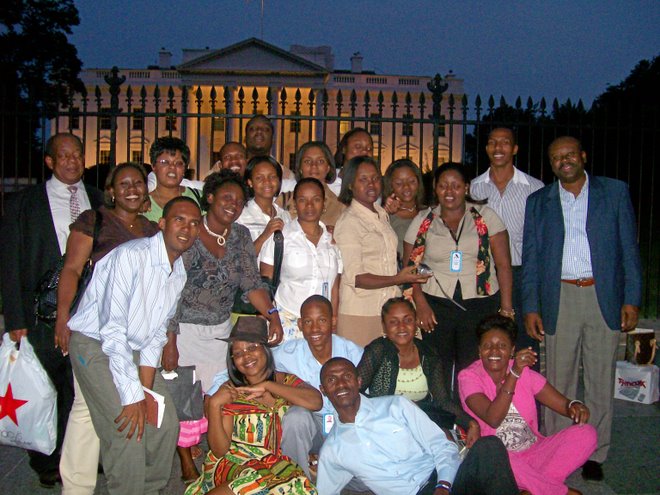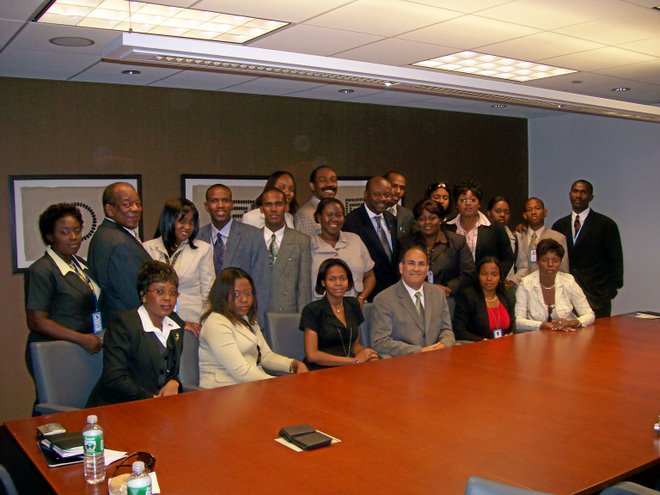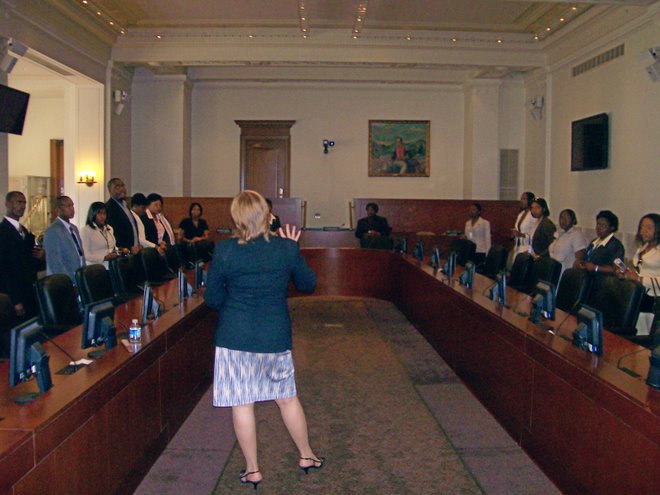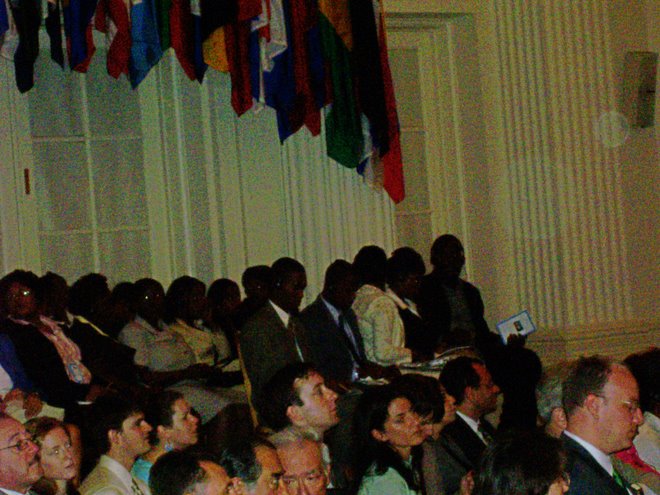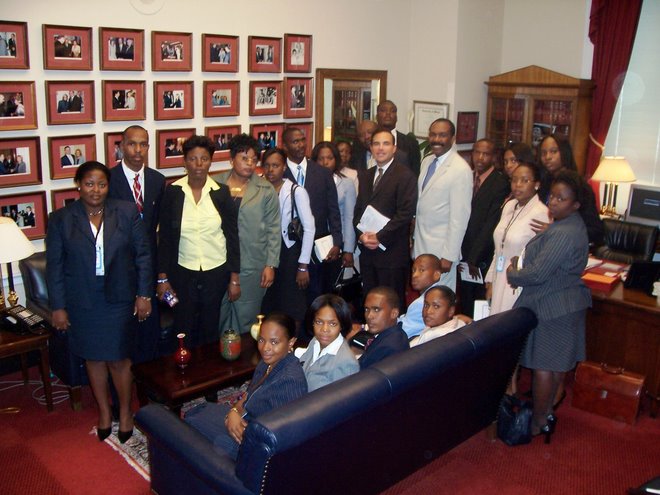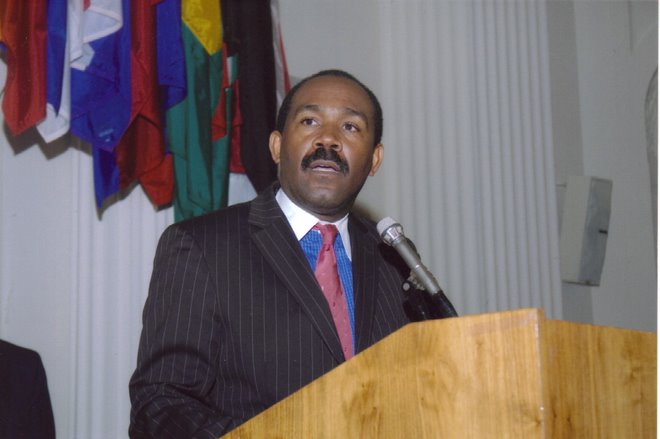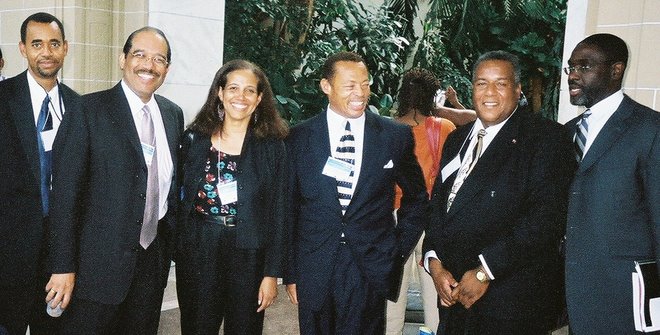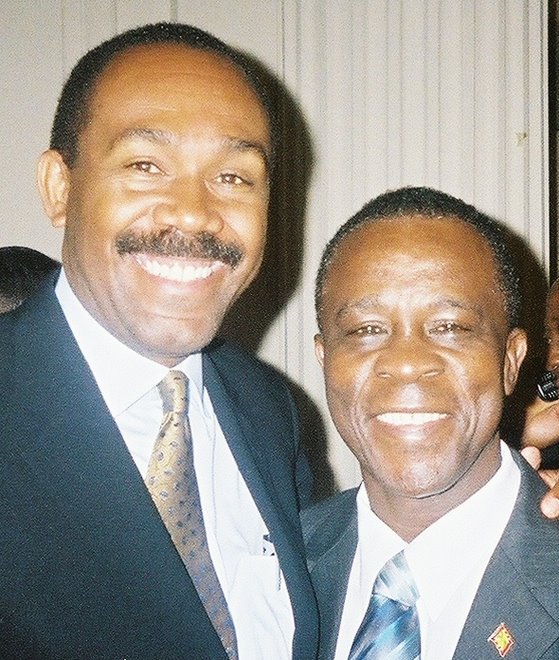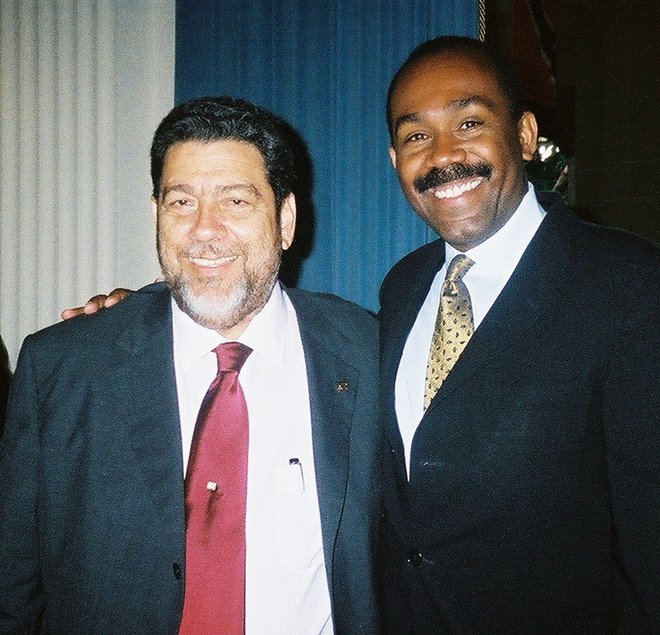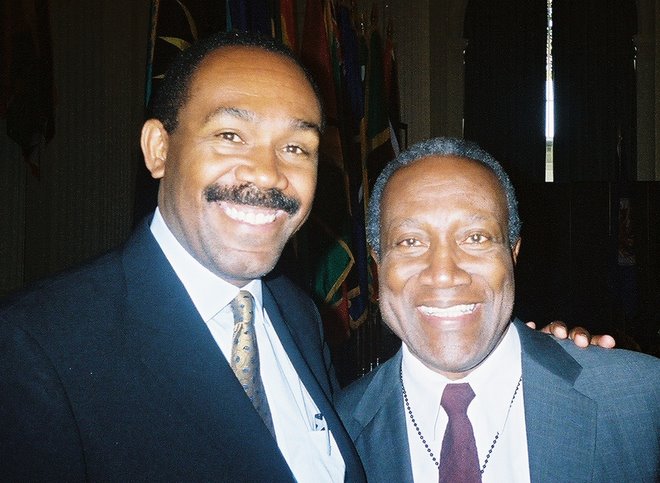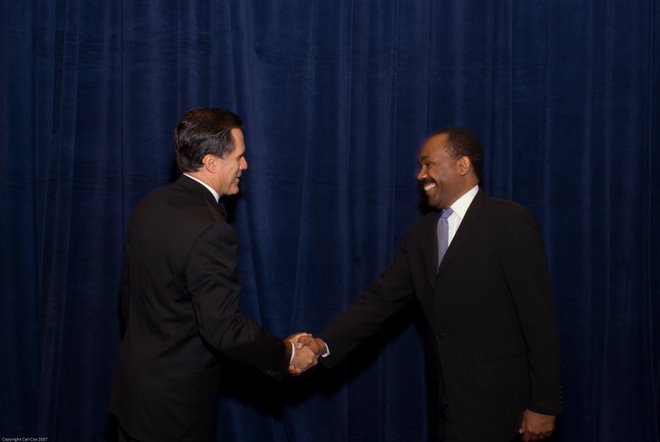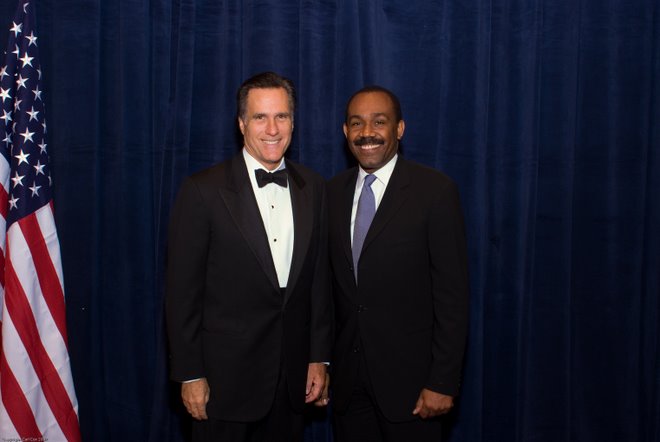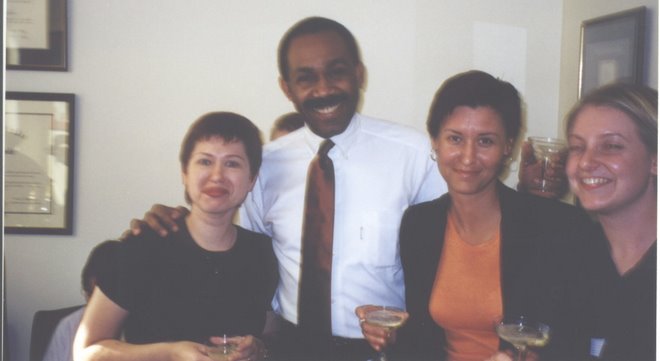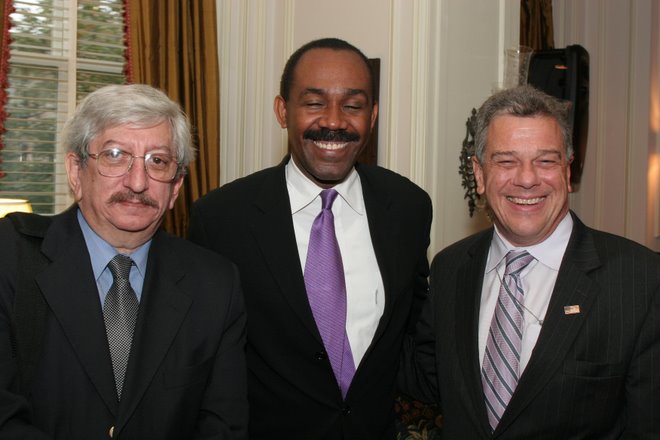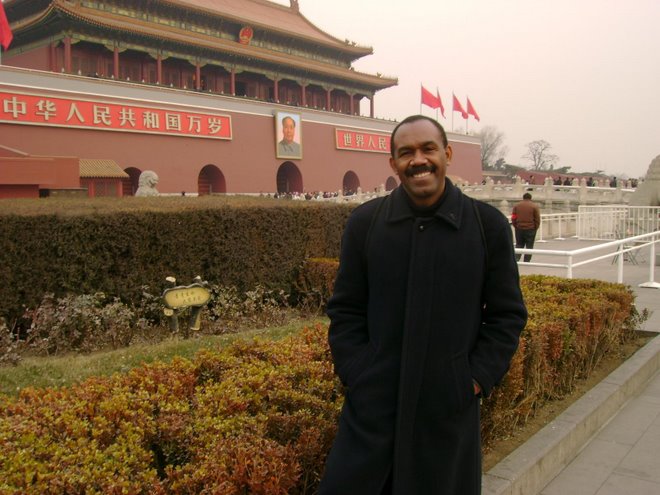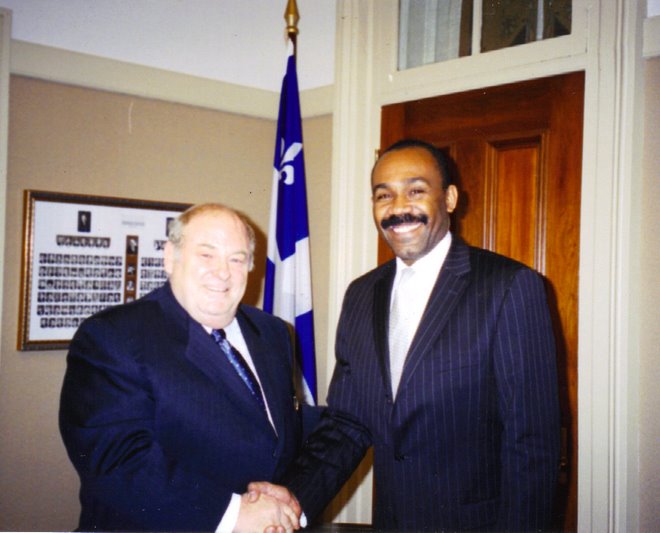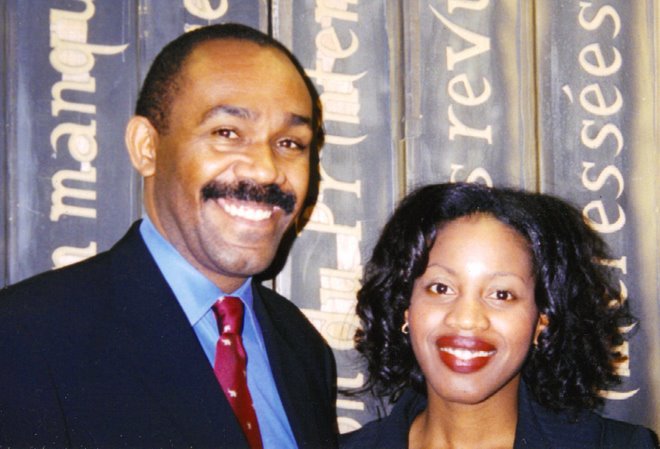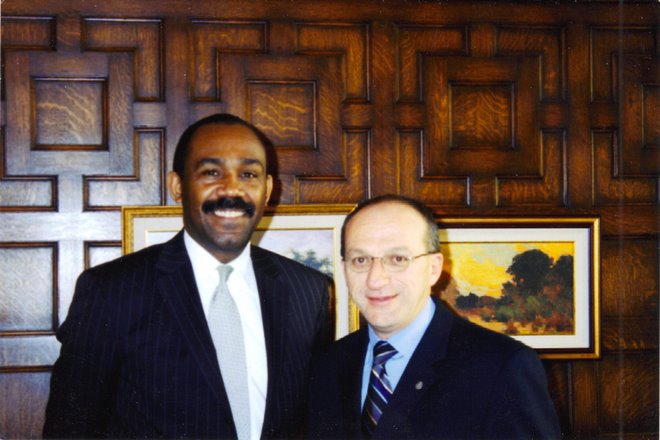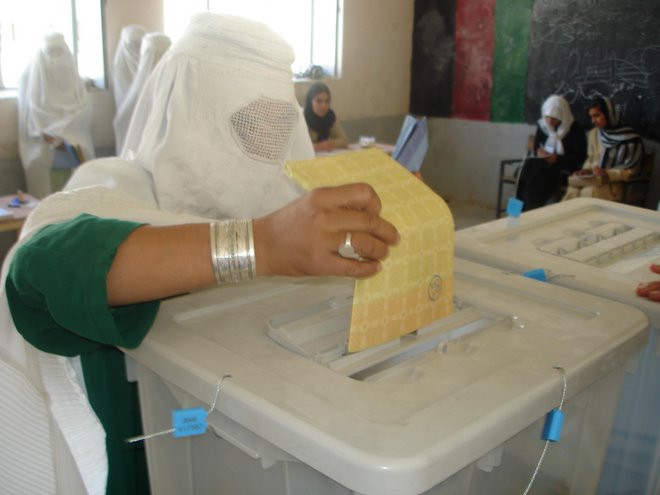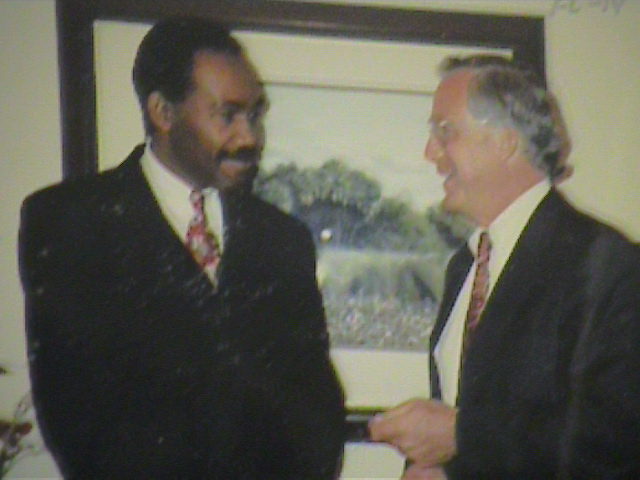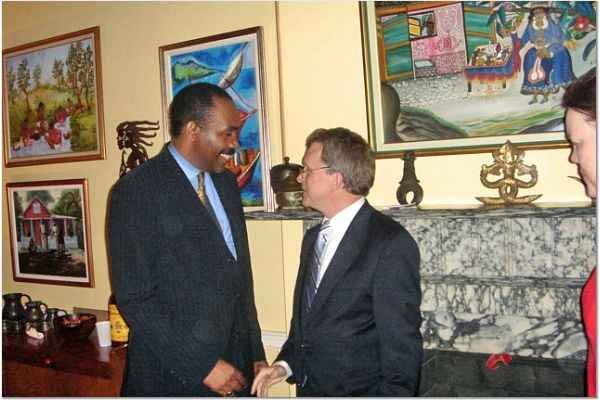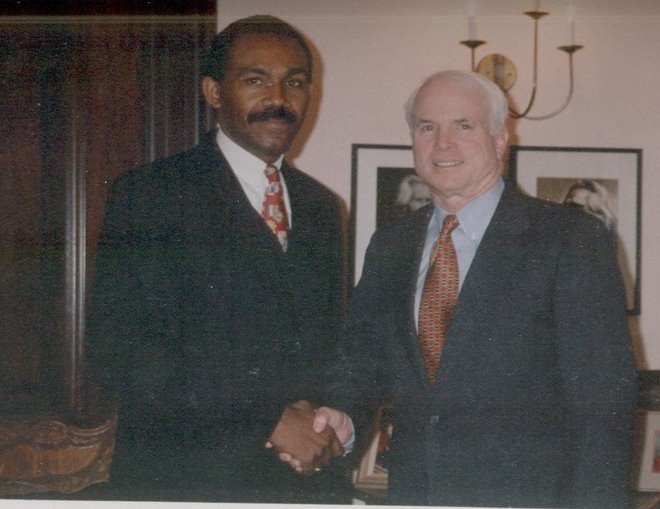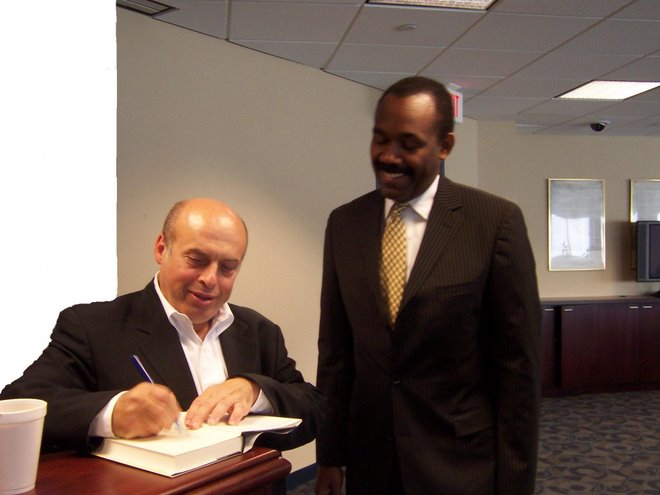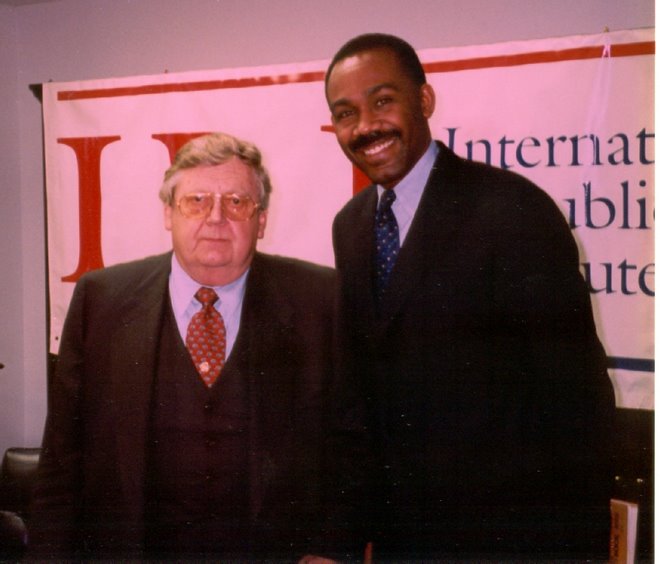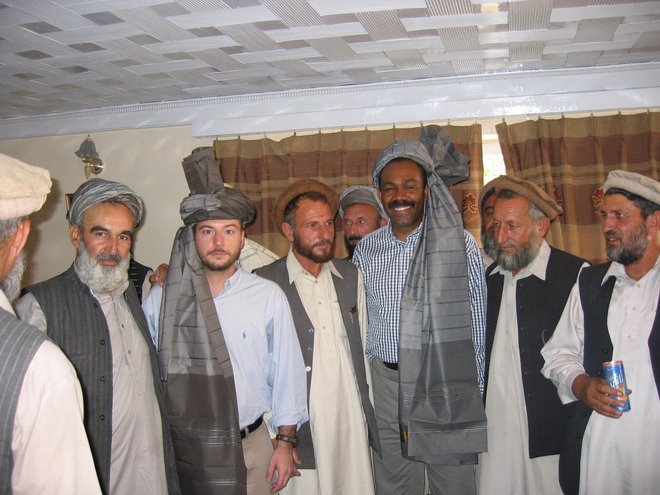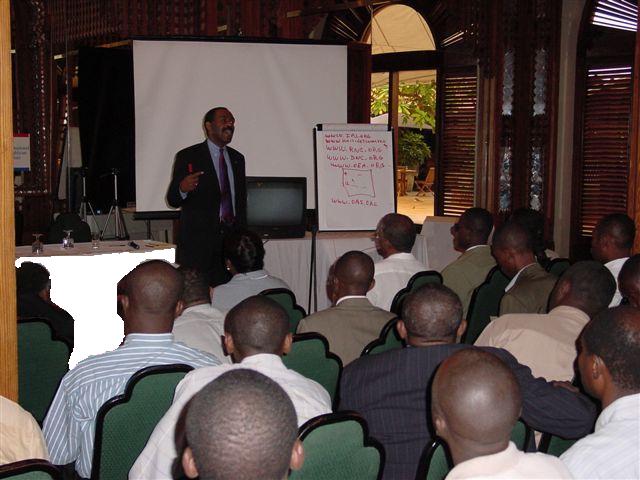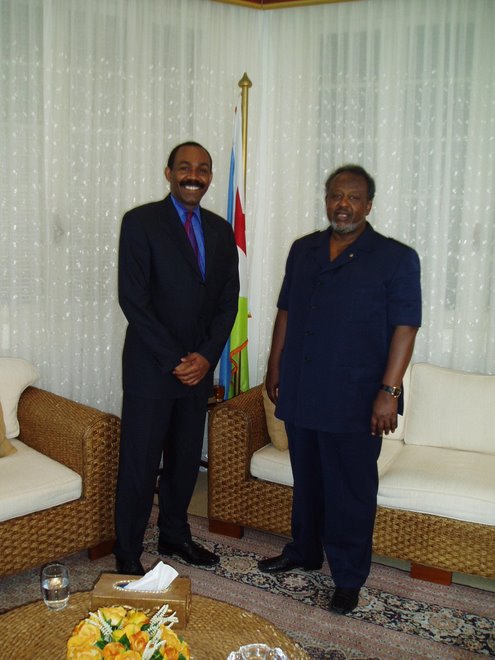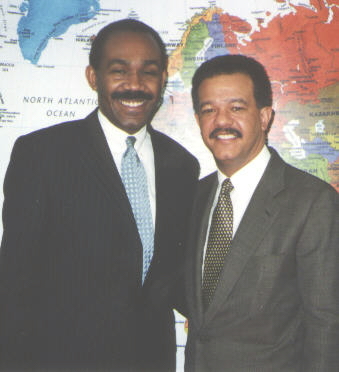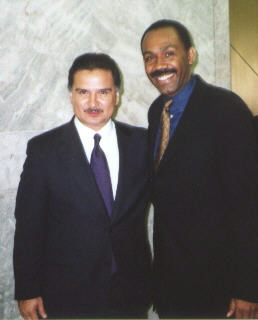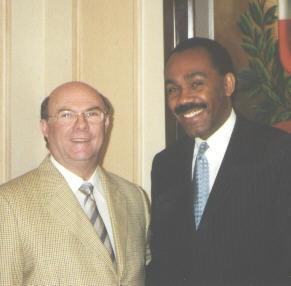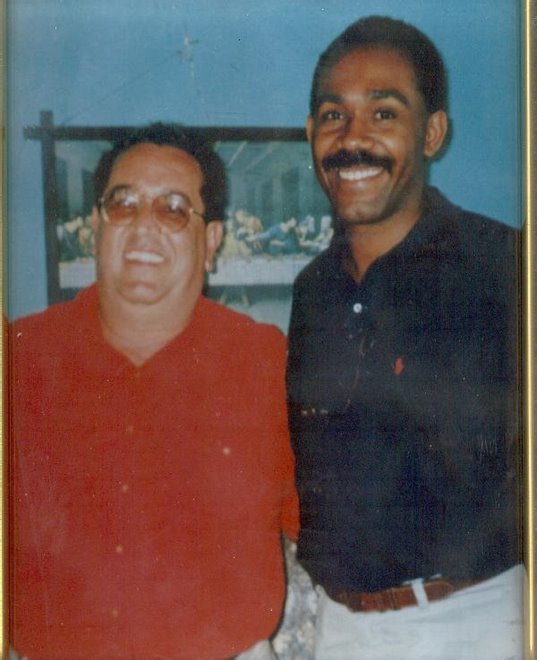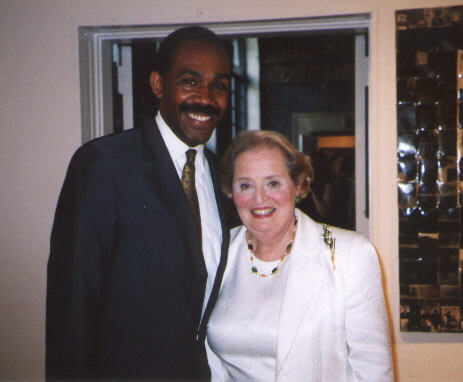MINUSTAH : Des matières fécales déversées à nouveau dans des rivières
Correspondance - Ronel Odatte
P-au-P, 23 aout 2011 [AlterPresse] --- Des matières fécales ont à nouveau été déversées dans les rivières du Plateau Central soulevant la grogne des habitants de la région, alors que la Mission des Nations Unies pour la Stabilisation d’Haïti (MINUSTAH) pointée dans l’affaire continue de nier toute responsabilité.
Une grande quantité de matières fécales a en effet été déversée sur une ligne de canalisation d’environ 15 mètres de long tôt dans la matinée du 21 août. Les déchets humains atteignent par cette canalisation la rivière Ahibon, qui se jette dans la rivière de Thomonde, affluent du fleuve Artibonite.
Le Fort Marmont (15 kilomètres de Hinche) est lui aussi souillé par ces déchets. Il s’agit de l’ancien lieu de prédilection de Charlemagne Péralte, héros et grande figure de la résistance haïtienne à l’occupation américaine (1915-1934).
Les habitants soutiennent qu’il s’agit de l’œuvre de la MINUSTAH qui a, selon eux, déversé un container rempli de matières fécales dans la canalisation. Des témoins rapportent avoir vu de leurs propres yeux dimanche à 4 heures 30 du matin, un camion de la MINUSTAH accomplir le méfait. Sur le moment, ils affirment avoir ignoré de quoi il s’agissait.
Des soldats de la MINUSTAH, accompagnés des agents de la police nationale qui étaient présents, ont démenti ces accusations. Un casque bleu indien a indiqué que « la MINUSTAH n’est impliquée ni de loin ni de près dans cet incident regrettable ».
Le 6 août des matières fécales avaient été déversées dans la rivière Guayamouc. Une communication de la MINUSTAH rejetant les allégations à propos de son implication dans cette opération a provoqué la furie des habitants.
Plusieurs dizaines de personnes ont manifesté le 21 août contre les casques bleus, les accusant de salir leur zone de résidence. Elles ont débloqué la circulation sur la route nationale #3, qui passe par Hinche.
La route n’a pu être débloquée qu’après une heure et demie de vives tensions, ponctuée par des coups de feu et des jets de pierre. Malgré le retour au calme les protestataires projettent d’organiser de nouvelles mobilisations jusqu’à ce que les militaires étrangers quittent le pays.
La crainte demeure également très vive dans la région. Se baigner dans la rivière Ahibon est une pratique courante, et son eau est consommée naturellement par les habitants.
« Maintenant tout le monde va être contaminé. Ce canal va drainer toutes ces matières fécales vers cette rivière qui nous est la plus proche (Ahibon), on est tous en danger », confient des habitants.
Des études scientifiques ont confirmé que l’épidémie de cholera est apparue dans le pays après que des matières fécales, en provenance d’une base de casques bleus népalais dans le Plateau Central, ont été déversées dans la nature. A date environ 6 mille personnes sont décédées du cholera.
Les autorités sanitaires du département du Centre ont fait état de 3200 cas de choléra entre juin et août 2011 dans la seule commune de Hinche.
Cenaré Philfrant, un dirigeant de l’organisation paysanne Mouvement Paysan de Papaye, se dit révolté devant ce qu’il qualifie de « méchanceté des forces onusiennes qui veulent à tout prix polluer notre environnement. Ils l’ont fait à Mirebalais, à Sully et aujourd’hui à Marmont », déplore t-il.
Cenaré Philfrant invite le président Michel Martelly à organiser le départ du contingent onusien responsable de cette opération.
Le président n’a jusqu’ici pas réagi aux faits enregistrés dans le Plateau Central. [ro kft gp apr 23/08/2011 12:00]
Des matières fécales déversées par la Minustah près d’une rivière à Hinche
Correspondance - Ronel Odatte
La population de la région du Plateau Central (est) réprouve les actes de la mission des Nations Unies pour la stabilisation en Haïti (Minustah) qui a déversé en fin de semaine dernière des matières fécales prés de la rivière Guayamouc. Les autorités locales dénoncent ces pratiques, qualifiées de « vagabondage », moins d’un an après le déclenchement dans cette région de l’épidémie de choléra qui a déjà fait plus de 5000 morts à travers le pays.
Hinche, 9 août 2011 [AlterPresse] --- Les habitants du quartier de Sully à Hinche (est) sont en colère après que plusieurs camions de la mission des Nations Unies pour la stabilisation en Haïti (Minustah) ont déversé, le 6 août 2011, des matières fécales dans des trous creusés à quelques mètres de la rivière Guayamouc.
Les riverains ont été alarmés, mais n’ont pas pu stopper l’opération, selon des témoignages recueillis sur place par AlterPresse.
Pour l’heure, c’est l’inquiétude qui règne, et personne ne veut emprunter la route menant vers cette partie du quartier de Sully, où les matières fécales dégagent une odeur nauséabonde.
Le maire de la ville, André Renard, qui s’est rendu sur les lieux en compagnie de plusieurs journalistes, n’a pas caché son indignation devant ce qu’il appelle « une atteinte à la dignité humaine ».
« Je réclame, une fois de plus, le départ du contingent népalais. Ce sont des porteurs de la bactérie Vibrio cholerae, ils viennent nous exterminer, il est temps qu’ils partent », ajoute-t-il.
André Renard exhorte la population a s’organiser en brigade de vigilance en vue d’empêcher toute action visant à utiliser leurs quartiers comme dépotoirs de matières fécales.
De son côté, le premier sénateur du Plateau Central, Franscisco Delacruz (Alternative), qualifie le déversement de matières fécales près de la rivière Guayamuc d’acte de « vagabondage ».
L’élu du centre se propose de s’entretenir avec les autorités compétentes de de l’organisation des Nations Unies (Onu) en vue de corriger cette situation.
Par ailleurs, des jeunes qui habitent le village Kiskeya (Hinche) demandent à lÉtat haïtien de prendre des dispositions pour débarrasser le sol national des forces étrangères. Ils menacent de créer des troubles, si leur voix n’est pas entendue.
Des membres de diverses organisations sociales, interrogés par AlterPresse, expriment leur réprobation des actes posés par la Minustah.
Pour eux, les forces onusiennes n’accordent pas d’importance à la vie des Haïtiens. Ils critiquent aussi l’attitude, apparemment insouciante, des responsables de l’État.
Jusqu’à dimanche dernier (7 août 2011), aucun responsable local de la Minustah ne s’était prononcé sur les actions reprochées à la force onusienne.
La thèse, selon laquelle les casques bleus népalais basés à Mirebalais (toujours dans le Plateau Central) ont importé en Haïti la souche de choléra, a été confirmée par des scientifiques, entre autres le Francais Renaud Piarroux.
L’argumentation - accusant la force onusienne dans la propagation du choléra en Haïti - est développée dans le numéro de juillet 2011 de la revue “Emerging infectious diseases”, une publication des centres nord-américains de contrôle et de prévention des maladies (Cdc).
Les scientifiques ont présenté des “preuves solides”, “suggérant fortement” l’implication d’un contingent de militaires onusiens, originaires du Népal, ayant contaminé une rivière haïtienne à cause des mesures sanitaires inappropriées sur leur base.
Mais cette thèse a été réfutée par la Minustah.
Dès octobre 2010, les riverains de la rivière de Mirebalais avaient pointé du doigt les militaires népalais dans l’introduction de l’épidémie du choléra, à partir de matières fécales jetées dans le fleuve de l’Artibonite qui traverse les départements géographiques du Centre et du Nord d’Haïti.
Il s’en était suivi plusieurs manifestations de protestations contre la force onusienne déployée en Haïti depuis juin 2011. [ro apr 09/08/2011 17:00]

































































































































-3.jpg)


.jpg)





.jpg)











.jpg)
.jpg)
.jpg)
.jpg)
.jpg)
.jpg)


















